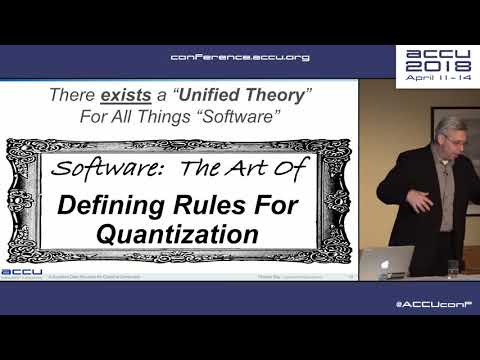By Charley Bay
Classical computing fundamentally occurs through sequenced access to (mutable) state. In contrast, quantum computing relies upon the phenomenon of quantum interference, where computed results obscure the cause-and-effect reasoning that would otherwise be achieved through ordered operations. The implication is that quantum computing appears to “transcend-time”, and requires alternative software engineering strategies to govern dependencies and regulate state changes at scale.
Whereas functional programming manages complexity through “pure” computations without side-effect, quantum programming demands data structures that rely upon entanglement, and coherence. A quantum data structure within a classical machine represents “superpositioned state” where the inspected value varies based on (perhaps non-observable) context.
We describe the aspects of a quantum data structure; enumerate requirements necessary for implementation; compare with historical classical computing concerns; and present C++ code to illustrate quantum corollaries for classical computing idioms. A goal is to broaden computational options for existing software engineering challenges on today’s systems, as well as begin discussion for new types of design appropriate for emerging hardware increasingly reliant upon quantum effects.












